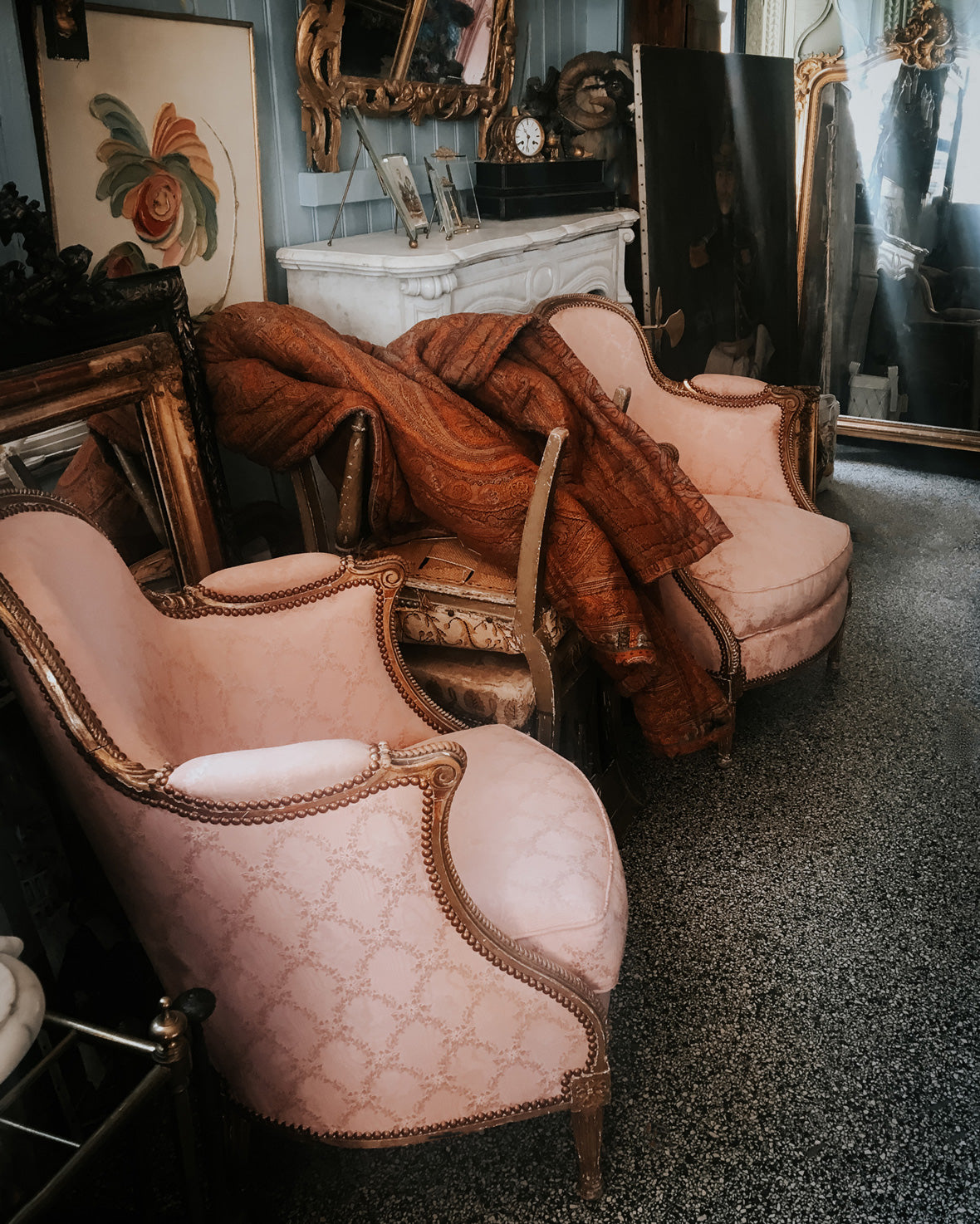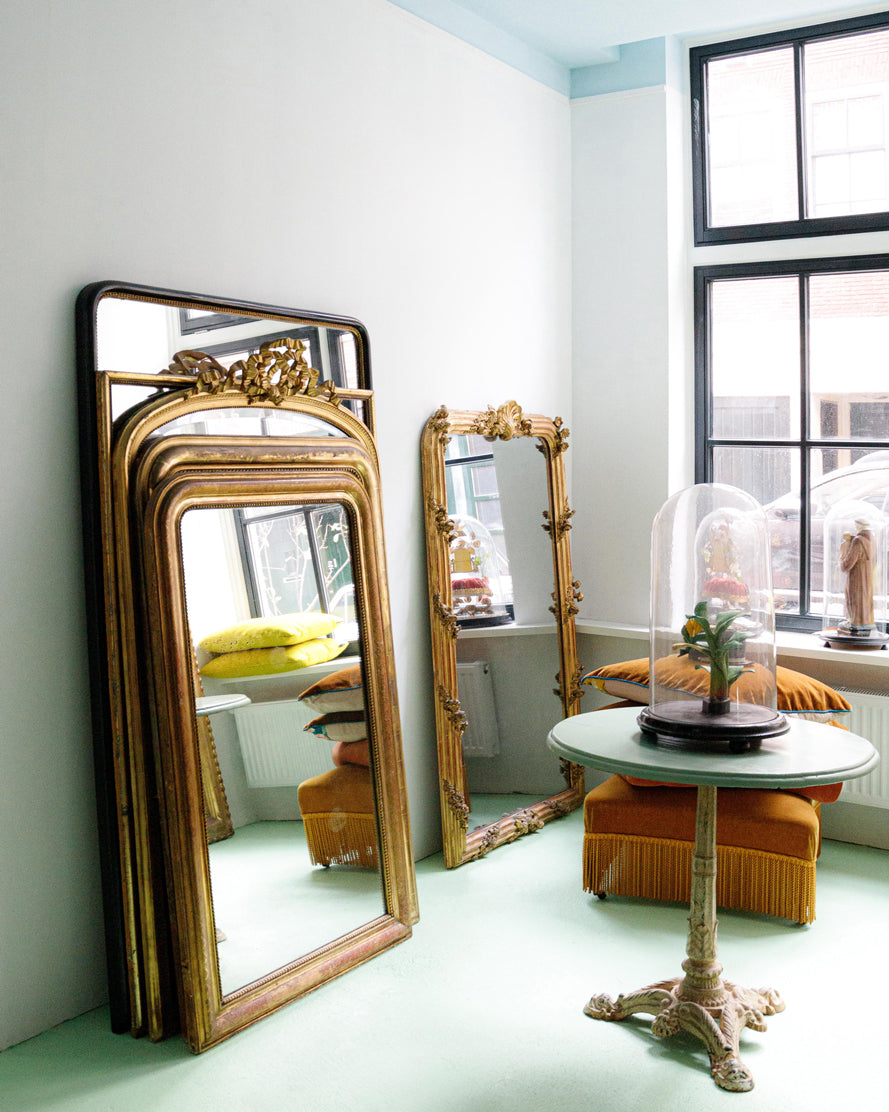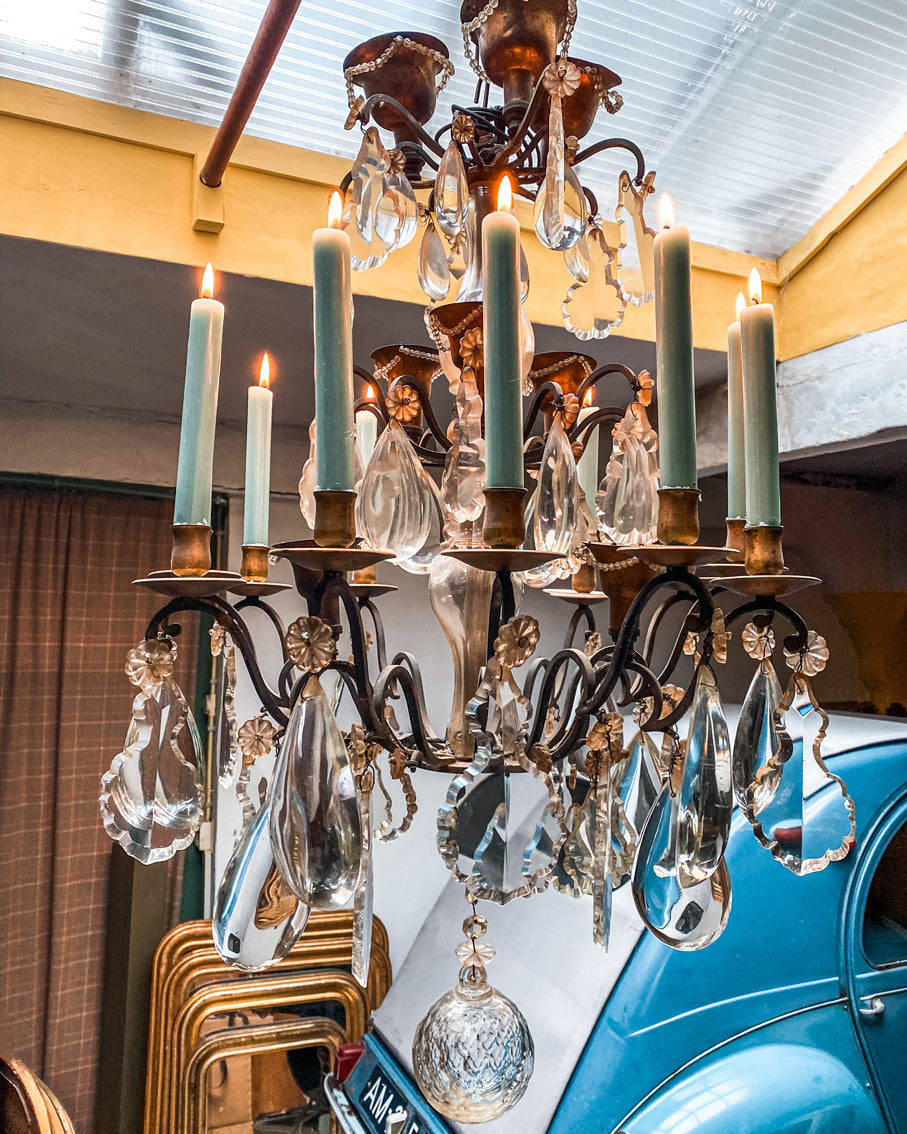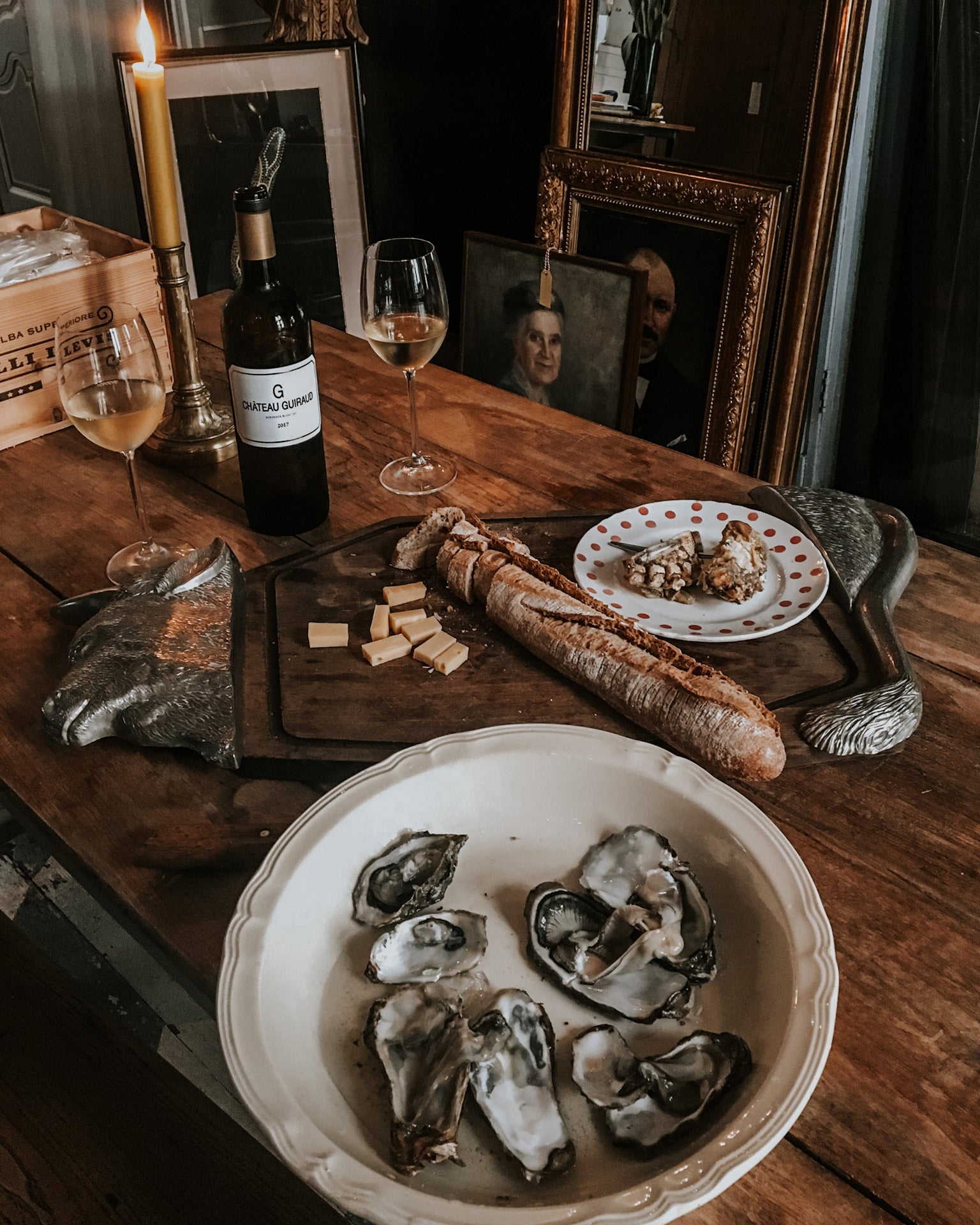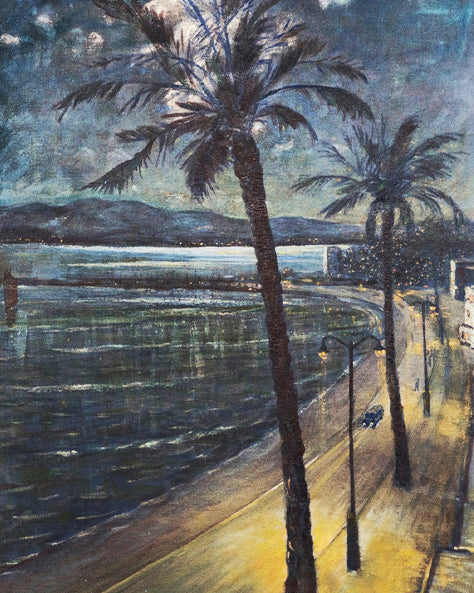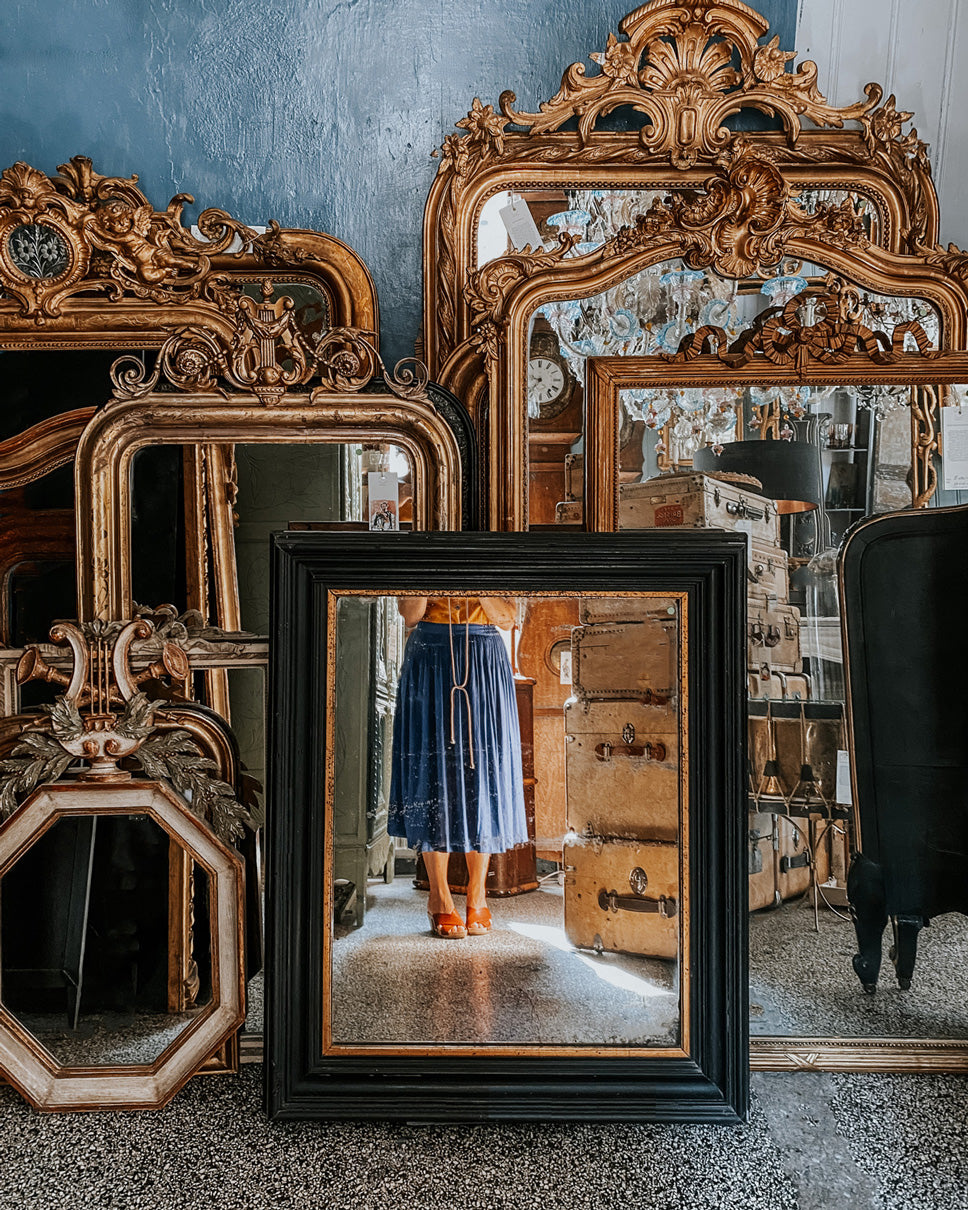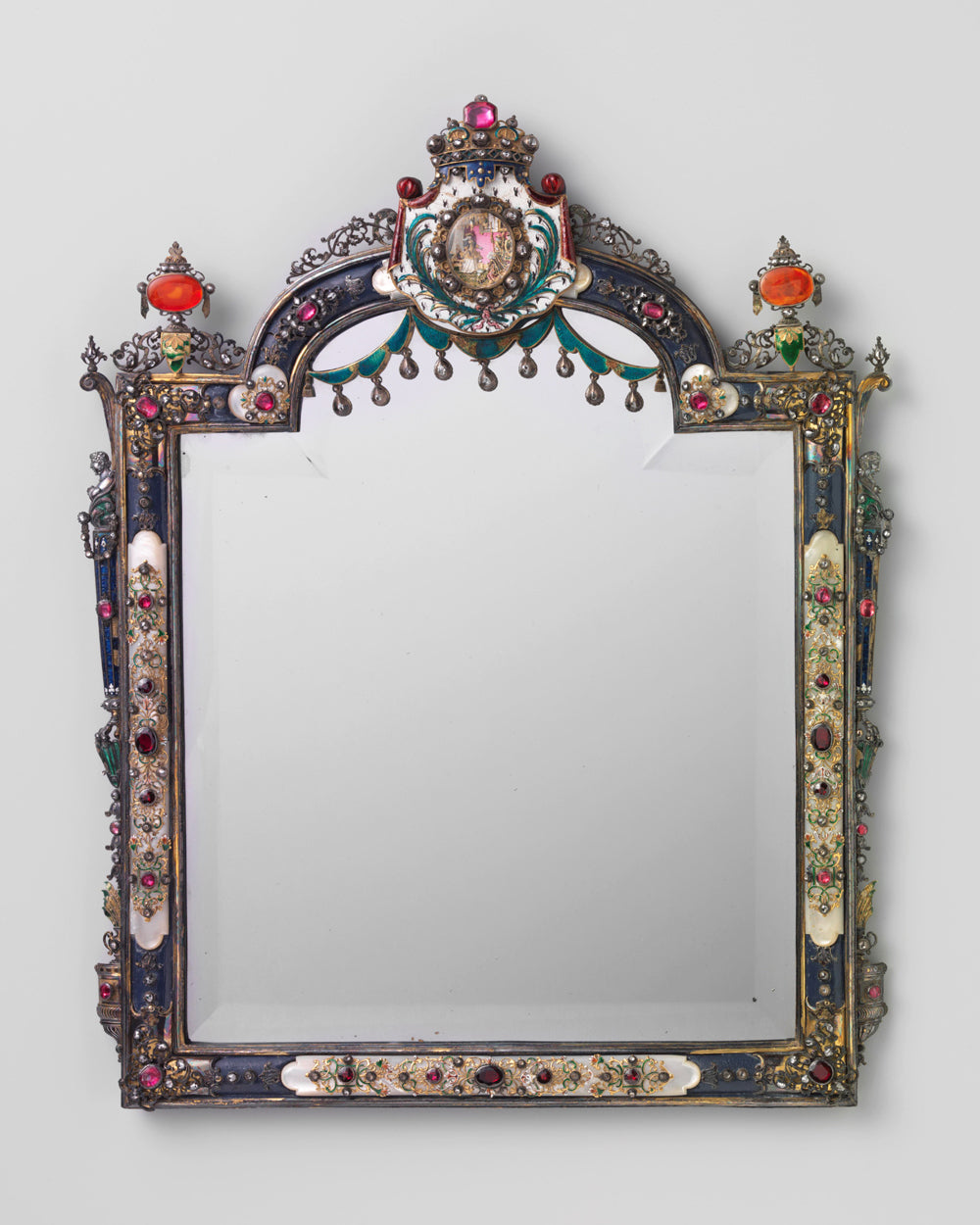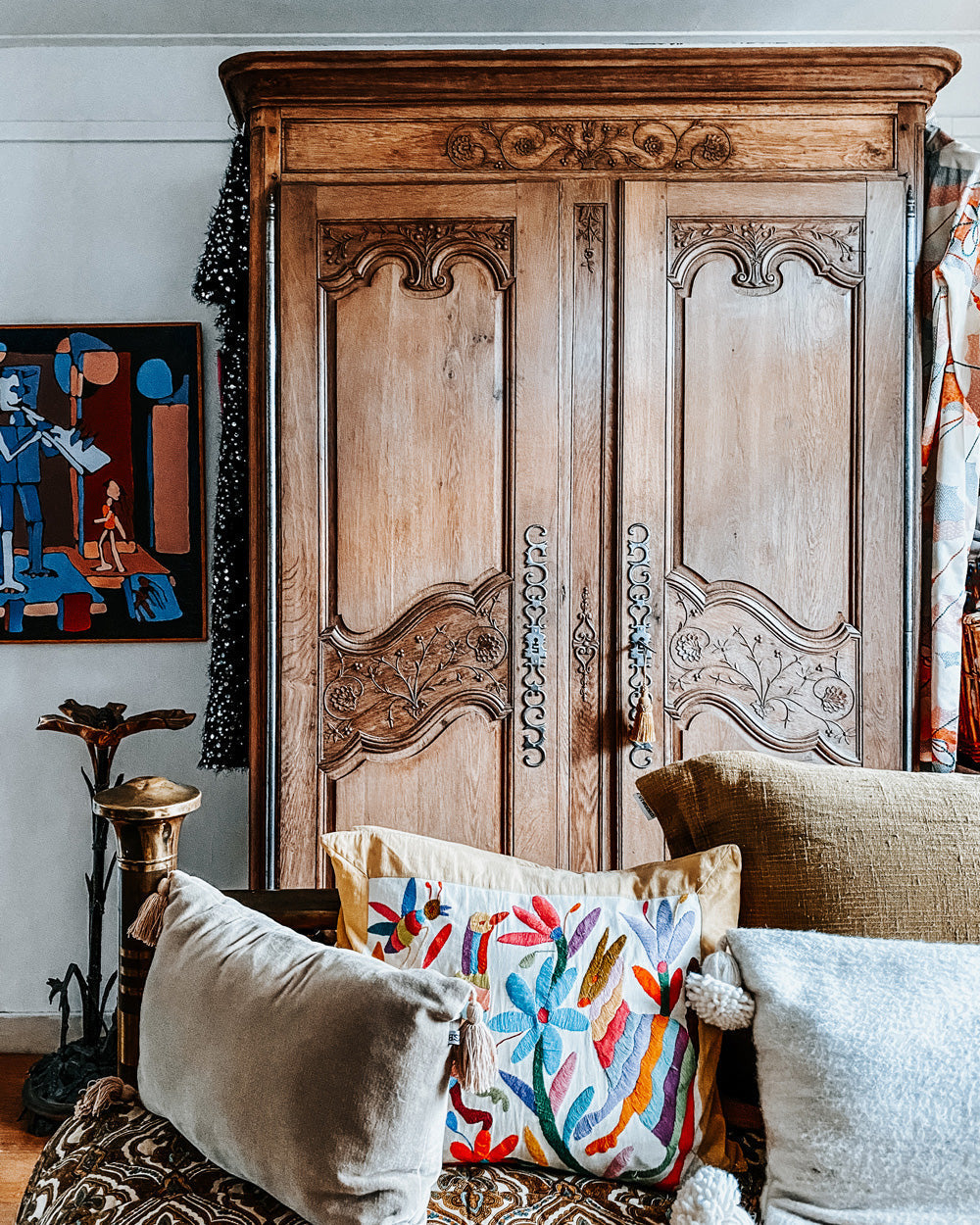Article: When were mirrors invented?
When were mirrors invented?
Mirror, Mirror: A Glamorous Glimpse into the History of Reflection
Ah, mirrors. Elegant, elusive, and endlessly reflective—both literally and metaphorically. We’re often asked: “When were mirrors actually invented?” Darling, buckle in. This isn’t just about glass; it’s about power, vanity, science, seduction—and the glittering evolution of seeing oneself.
Let’s take a dazzling little detour through the ages.
Obsidian Dreams: 6000 BCE
The first “mirrors” were more prehistoric chic than Versailles glamour—polished volcanic glass (obsidian) from ancient Anatolia. Imagine squinting into a piece of onyx hoping to check your bronze-age eyeliner. Functional? Barely. Fabulous? Debatable.
Bronze Age Glow-Ups: 4000 BCE
Fast forward to Mesopotamia and Ancient Egypt, where copper and bronze mirrors made their entrance. Polished to a dull gleam, these metal disks reflected your image like a heatwave on a car hood. Still, they were cherished—status was everything, even if your reflection was more Picasso than portrait.


Roman Refinement: 1st Century CE
Enter the Romans: engineering geniuses with a penchant for bathing and vanity. They backed glass with lead and voilà—real mirrors were born. Still outrageously expensive, they were reserved for patricians and other divine mortals.
The Venetian Era: Where It Gets Really Glamorous
Now we’re talking. The 16th-century Venetian glassmakers on Murano island didn’t just make mirrors—they birthed objects of desire. Think hand-blown glass, gilded edges, mercury-tin magic, and a price tag that made monarchs swoon.
These weren’t just mirrors—they were aspirations. To own a Venetian mirror was to announce to the world: I have arrived. And preferably in a carriage.



The Silver Lining: 19th Century Revolution
Enter German chemist Justus von Liebig—no frills, all function. He swapped mercury for silver (wise), which made mirrors cheaper and more widely available. Suddenly, mirrors weren’t just for châteaux and courts—they appeared in bourgeois salons, boudoirs, and bakeries.
Today: From Versailles to the Villa Next Door
Mirrors now come in every shape and size. But nothing—and we mean nothing—compares to the romance of a true antique mirror. Whether it’s a Louis XV gilded curlicue beauty or a majestic trumeau from a crumbling French estate, these pieces don’t just reflect your face—they reflect a past rich in history, style, and savoir-faire.
They shimmer. They glow. They whisper stories of candlelit salons, powdered wigs, and whispered rendezvous. And let’s be honest: they look divine over your marble mantel.
Why Antique Mirrors Still Reign Supreme
Why settle for mass-produced when you can have magnificently made? A real antique mirror is a statement of taste. Of drama. Of history. Every ripple in the glass, every touch of foxing, is part of its poetry.
At Wildschut Antiques, we handpick only the most exquisite French mirrors—each one layered in age, artistry, and elegance. These aren’t just objects; they’re heirlooms waiting to happen.
Ready to bring home your own gilded slice of history?
Slide into our Instagram DMs @wildschut_antiques or browse our curated collection of antique mirrors.

